Previous explorers and trading ships came back from the Northwest Coast with reports of forests thick with gigantic spruce, western redcedar, and firs. What would Lewis report of this natural resource? And what of the cottonwoods along the drainages everywhere else?
Wild Cherries
by Kristopher K. Townsend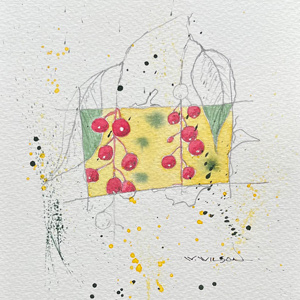

As the expedition moved across the Northern American continent, Lewis took particular notice of the changes he saw in the wild cherries. For a deeper dive into the Lewis and Clark Expedition’s encounters with wild cherries, see these four articles.
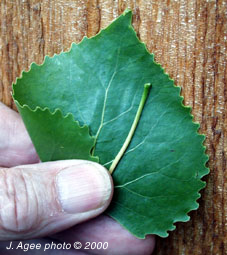

On the day before he reached the Great Falls of the Missouri, Meriwether Lewis wrote his own brief description of a species previously unknown to science: “The narrow leafed cottonwood grows here in common with the other species of the same tree with a broad leaf.”
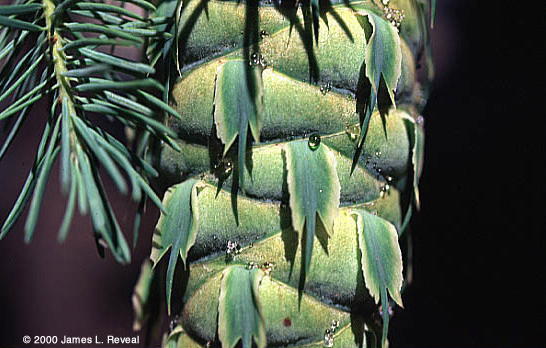

The nomenclatural morass associated with the scientific name of Douglas-fir, Pseudotsuga menziesii, is a long and complex tale and tied closely with the early explorations along the western coast of North America . . . .
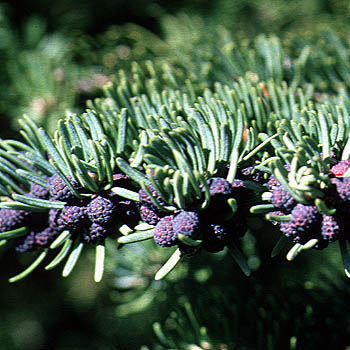

When he wrote his 1832 paper, Rafinesque did not see actual specimens. He knew about the plants only from the 1814 Biddle publication of Lewis’s descriptions. Provided here is the full text of that paper with commentary.
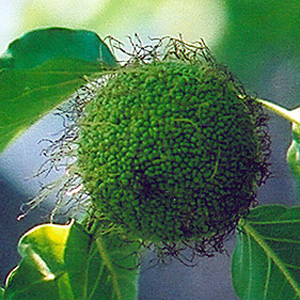

Its oak-strong, hickory-tough wood made powerful, reliable hunting bows. Early French explorers and traders translated its Indian name into bois d’arc,–”wood for a bow,” which was easily anglicized into “bodark.”
Indigenous Forestry
by Joseph A. Mussulman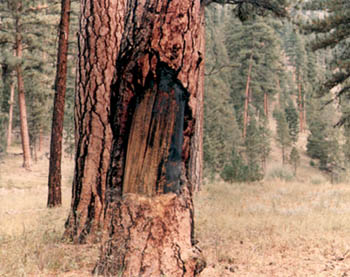
Archaeological evidence indicates that deliberate burning of forests and fields has been occurring on the North American continent for at least the past 10,000 to 20,000 years.


The tree that caught the Corps’ attention west of today’s Lolo Pass was a species that is unique to the Far West of North America, the western redcedar.
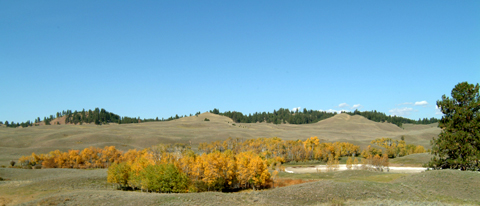

More than a year into the expedition, Lewis recognized a tree native to New England in the middle of Montana. The generic name, Populus is Latin for Aspen.
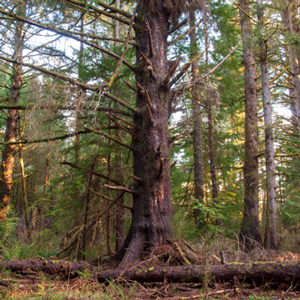

Lewis describes one of the richest resources of the Pacific northwest coast: Sitka spruce, western hemlock, grand fir, perhaps the Pacific silver fir, and Douglas-fir.
Fire-loving Forests
by Sarah Walker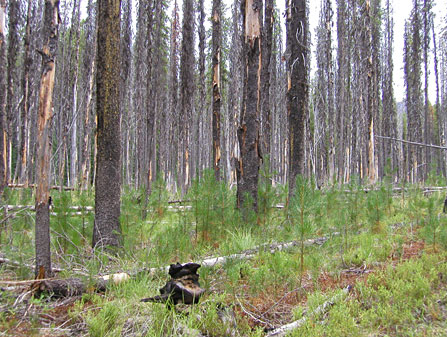

Fire has been part of the Bitterroot Mountain landscape for a long time. No wonder Clark saw “emence quantity of falling timber which had falling from dift. causes i e. fire & wind.”
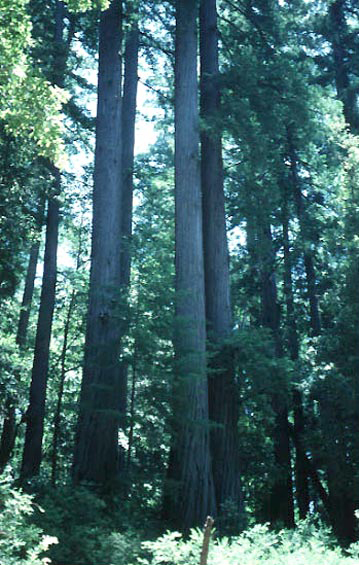

James Reveal explains how two copies of a Douglas manuscript show he used Lewis and Clark as a reference in his descriptions of six “American Pines.”
